Nola aerugula
(Krulikovsky, 1904)
-
 Subfamily: Nolinae, Nolini
Subfamily: Nolinae, Nolini -
 Wingspan: 17-20 mm
Wingspan: 17-20 mm -
 Flight period: May - Jul
Flight period: May - Jul -
 Spread: Common
Spread: Common -
 Host plants: Lamiaceae
Host plants: Lamiaceae
Information
The Nola subchlamydula is a moth of the Nolidae family with a wingspan of 17-20 mm.
In Europe we find it in Portugal, Spain, France, France, Switzerland, Belgium, Germany, Austria, Slovenia, Croatia, Bosnia and Herzegovina, Serbia, Montenegro, Bulgaria and Greece.
Its range extends to North Africa.
In Italy it is absent from the islands *.
The front wings of the Nola subchlamydula have a cream background color with hazelnut-colored markings and with the characteristic tufts of parallel raised scales
to the costa, with darker shades.
A clear, wavy band is visible in the post-discal region, parallel to the margin. The outer edge has a narrow dashed band in dark brown / black,
separated from the post-discal band by a hazelnut spot, surrounded by the background color, which follows the trend of the band itself.
Almost black dark spots fill the most accentuated areas of the curves of the light band and are useful for determining the species.
In the discal region, two hazel-colored bands are visible, more or less accentuated, also parallel to the external margin; a third line,
finer, always hazelnut colored on the border with the basal area, it crosses one of the tufts of flakes to end in the inner margin.
The hind wings are cream in color, darker towards the margins. The margins of all the wings are fringed, dark in the front wings, cream in the hind wings. **
Head and thorax are almost white, while the abdomen is usually slightly darker in color.
The Nola subchlamydula has a single generation, from early May to July. ***
Males begin flying just before sunset, and can sometimes be seen in swarms looking for females.
It overwinters at the pupa stage. The larvae can be found from August to June.
The caterpillar is reddish in color, with a black head. It has three dorsal lines, the central black and the two white sides.
It also has rows of orange tubercles, from which both white and black hairs emerge. **
Pupation occurs in a brown cocoon which is attached to the host plant just above the ground.
The pupa is cylindrical and brown / amber in color. **
The larvae feed on Lamiaceae, in particular on Teucrium chamaedrys , Salvia and Lavandula stoechas (wild lavender).
* Lepidoptera mundi https://lepidoptera.eu/ - Fauna Europea https://fauna-eu.org/
** Bestimmungshilfe für die in Europa nachgewiesenen Schmetterlingsarten - http://lepiforum.de/
*** Roland Robineau, Guide de papillons nocturne de France, Delachaux et Niestlé, 2011 p. 161



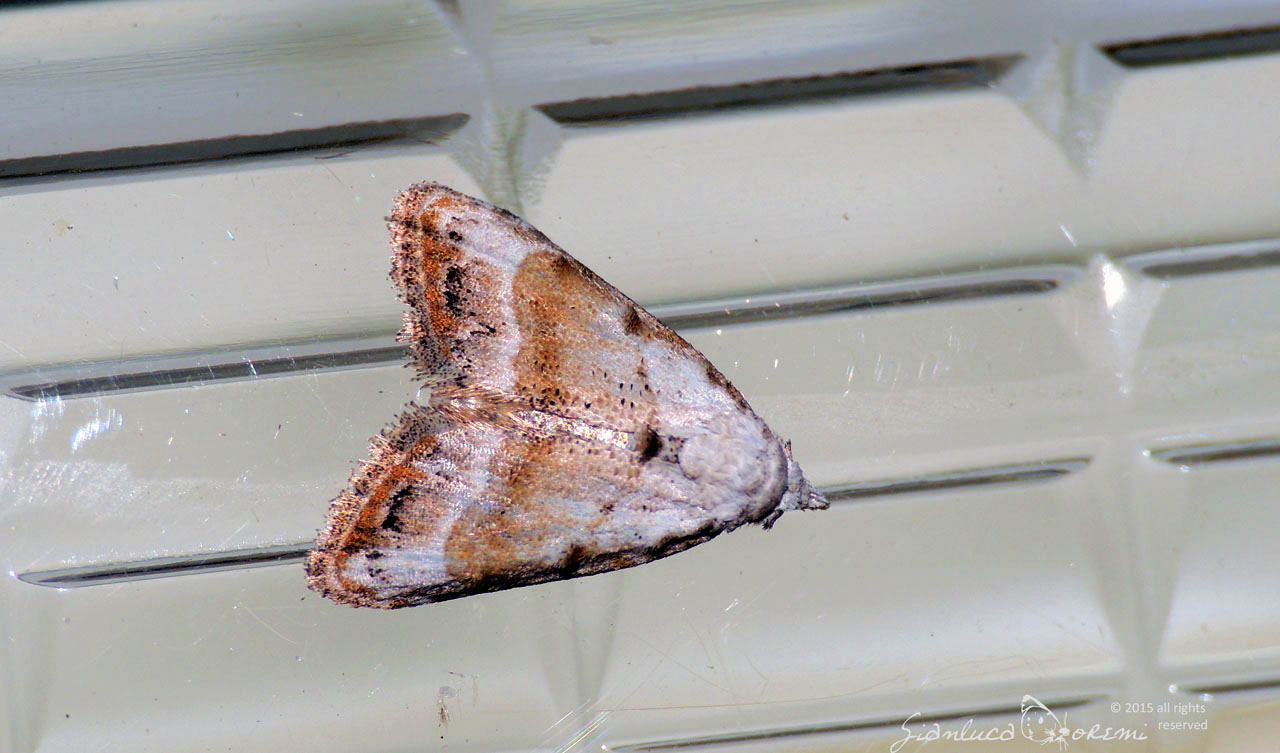
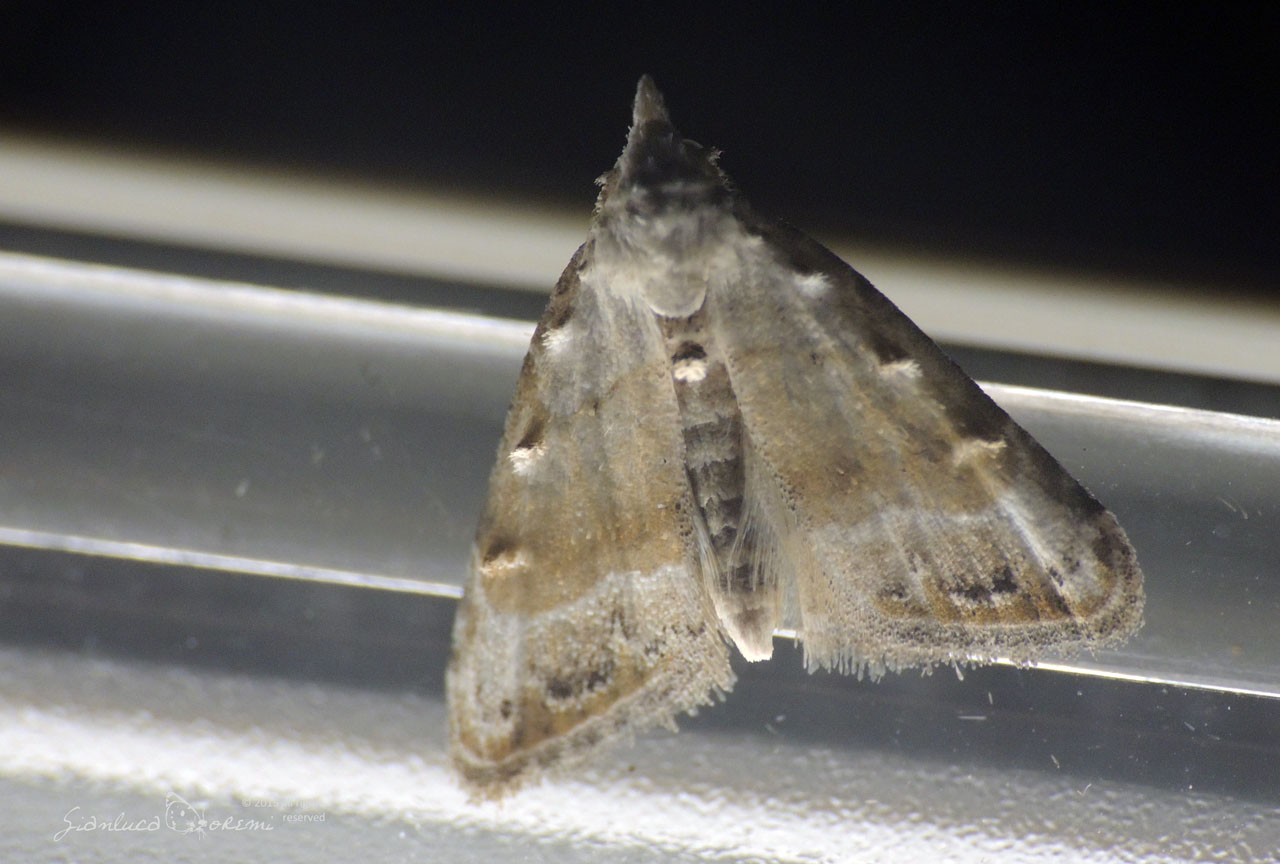
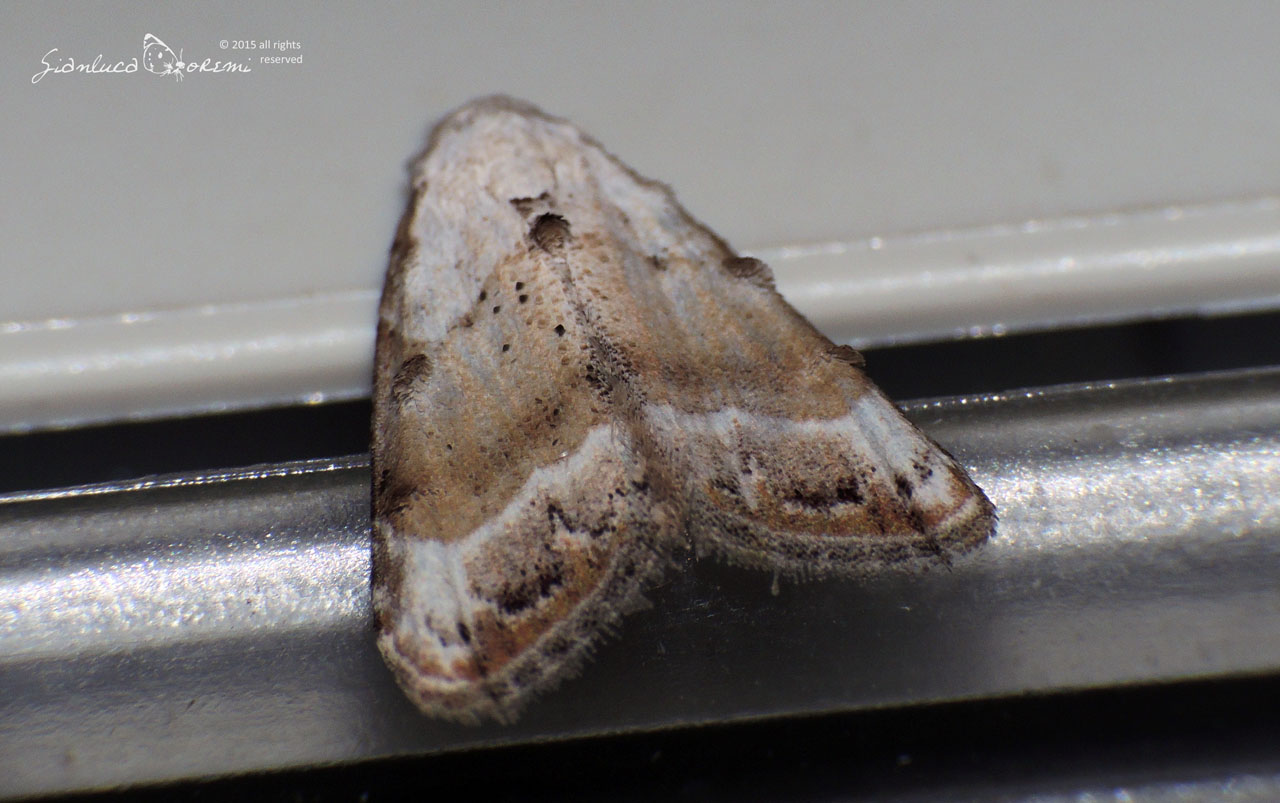
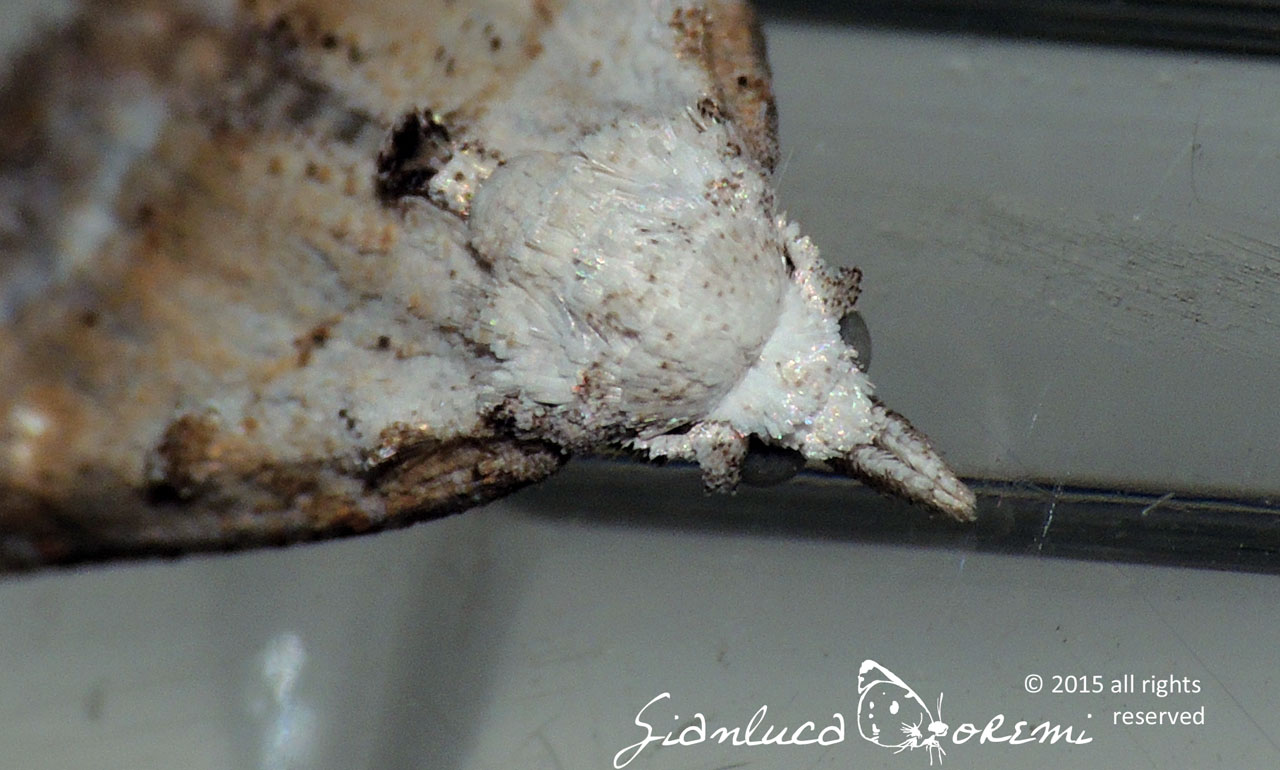

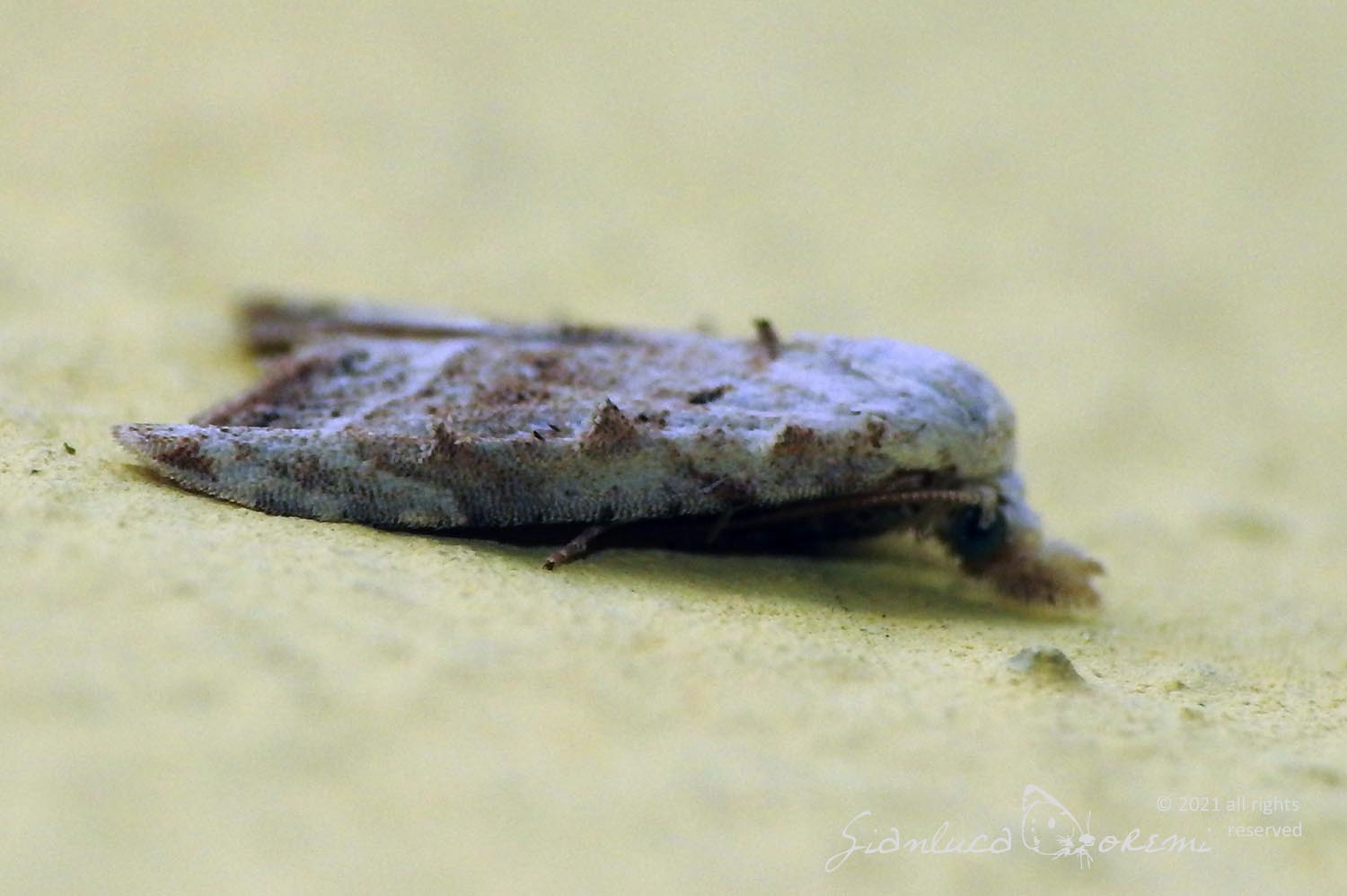
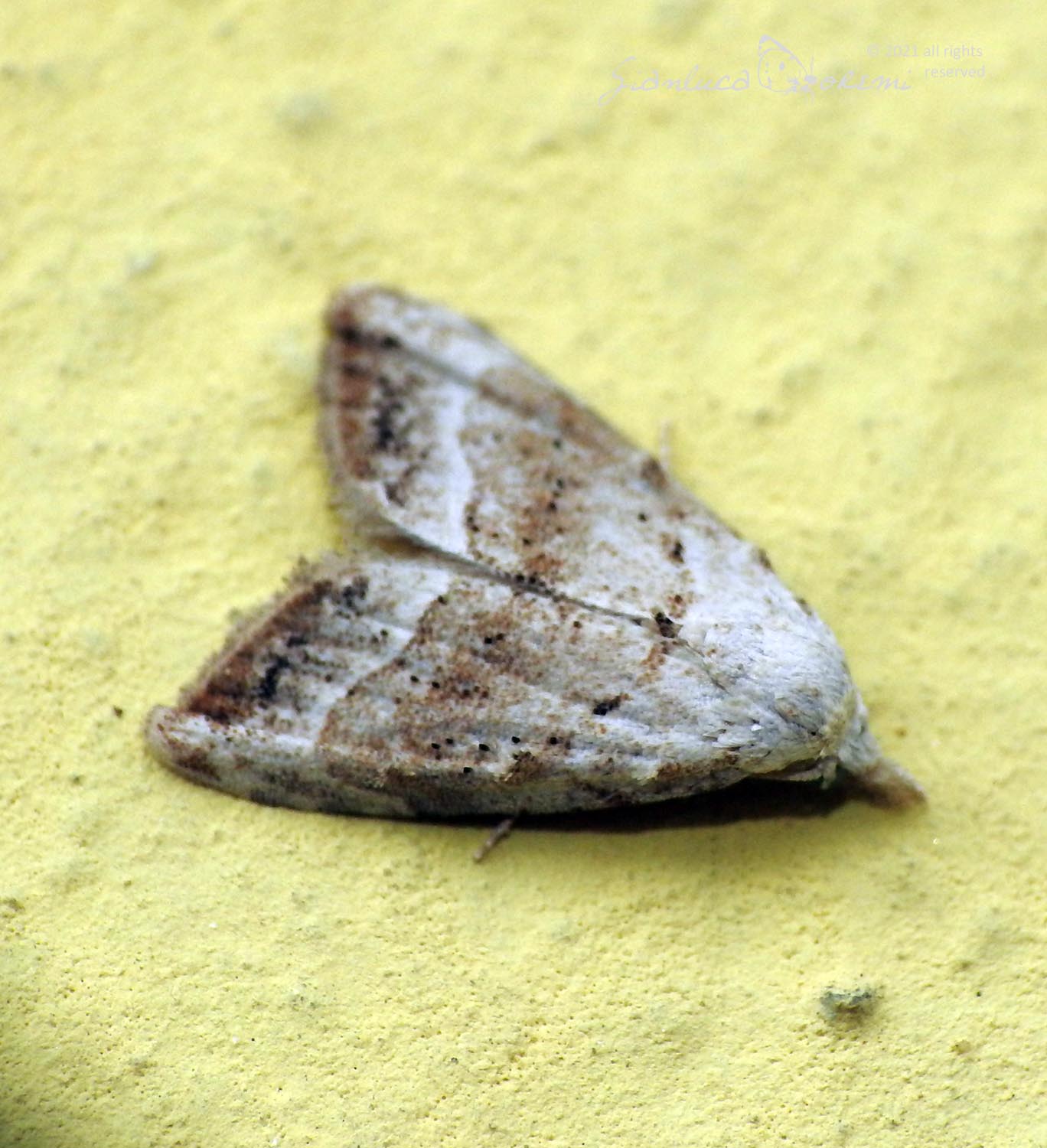
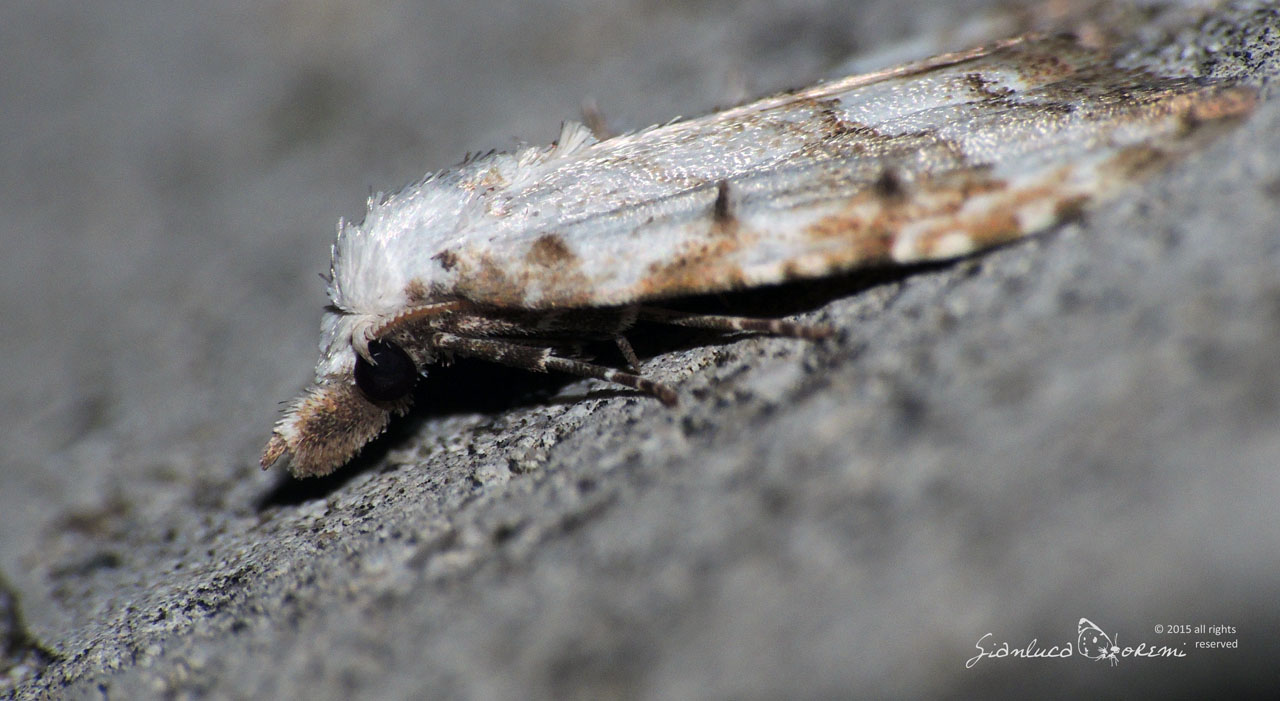

 EN
EN ITA
ITA
Social and publications